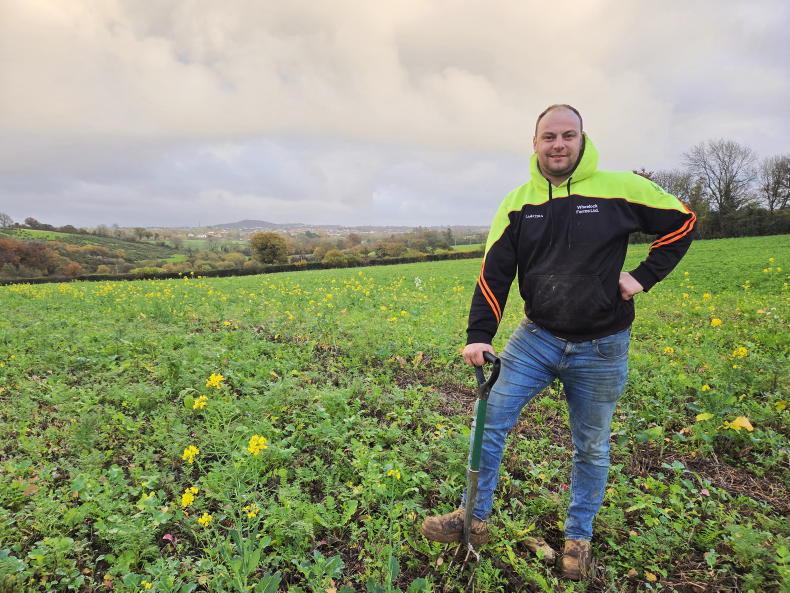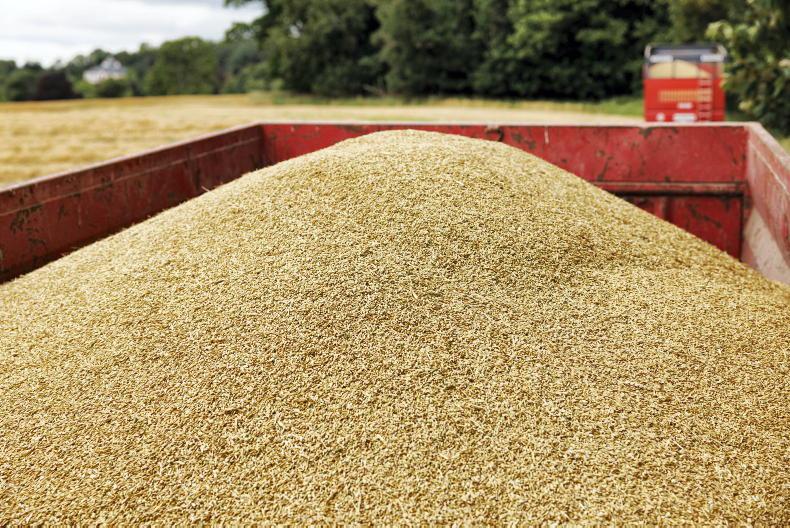This week, agronomists across the country reported high levels of disease across the country.
Septoria was at high levels and is hopefully under control for now in winter wheat. Net blotch is in early-sown and some April-sown spring barley crops, while chocolate spot is present in beans which are being sprayed ahead of flowering due to disease pressure.
Thanks to all the agronomists who contributed to this survey on Monday 8 May.
Spring barley
Some spring barley crops are yet to be planted and growth stages vary widely from emerging to as high as GS32 on early-sown crops. High levels of disease, rhynchosporium and net blotch were reported in those early-sown crops. Net botch is a problem in crops of Planet. In the southeast, one agronomist reported a T0 fungicide will be needed to keep it under control. Some agronomists are considering an aphicide before the weed spray, while others will wait to apply with the weed spray, wild oat control and trace elements. In general, crops sown over the last month are reported to be looking very well across the country.
Spring beans
Crops are varying from the two- to four-leaf stage to the start of flowering. Some crops have still to emerge. Disease levels vary from low to high.
Chocolate spot was present for most with very high levels in some crops in the south, while downy mildew was also present in many crops.
One agronomist in Cork noted that crops had received a T1 already due to chocolate spot pressure. Other crops will receive their first fungicide in seven to 10 days. In the midlands, disease levels were reported to be low. There is bean weevil activity in crops which some reported increased over the past week or so.
Spring oats
Spring oat crops are reported to be doing well. Some are still receiving herbicides and growth regulator while others will receive a T1 this week. More T1s will be due next week. Disease levels are generally low to moderate. Crown rust was reported in Co Cork but, in general, mildew was the disease present.
Winter wheat
High levels of septoria were reported across the country this week and while most of this septoria is in the lower leaves of the plant and under control as a result of the T1 fungicide, agronomists reported septoria on higher leaves where the T1 was delayed. In the northeast, one agronomist said there was “unbelievable septoria”.
Yellow rust was visible in some crops of Graham in the southeast. However, most were positive, reporting improved crops which have bulked out since nitrogen was applied and adding that the top leaves should be kept clean with a good disease control programme. T2s are due on some crops in the next week to 10 days.
Mildew is the main disease present on crops, but crown rust is also present with more pressure near the coast. Disease levels were generally reported to be moderate to high. The highest growth stage reported was GS39 (flag leaf emerged), with a range from 33 to 39.
Some winter barley crops have now received their final spray and you will see many crops heading out as you drive across the country.
Disease levels are reported to be low in most parts, but high levels were reported in the northeast.
Rhynchosporium and net blotch are present in small amounts, while some mildew was reported on lower leaves in the southeast.
Some crops on a three-spray programme in the south will not receive a final spray until next week to keep an interval between timings. Barley yellow dwarf virus is evident in many crops.
You can catch up with some of the agronomists contributing to this survey on the Irish Farmers Journal Tillage Podcast.
Ronan Lynch from Deeside Agri joined us last week, while Mark Hosford from Southern Fuels and Farm Supplies was on the week before.
Go to www.ifj.ie/podcasts Here or wherever you get your podcasts.









SHARING OPTIONS